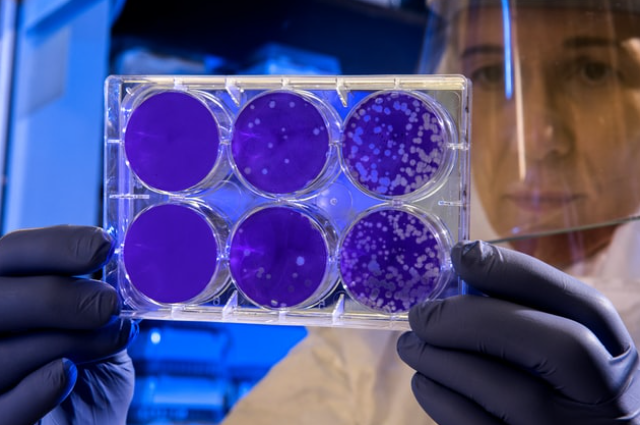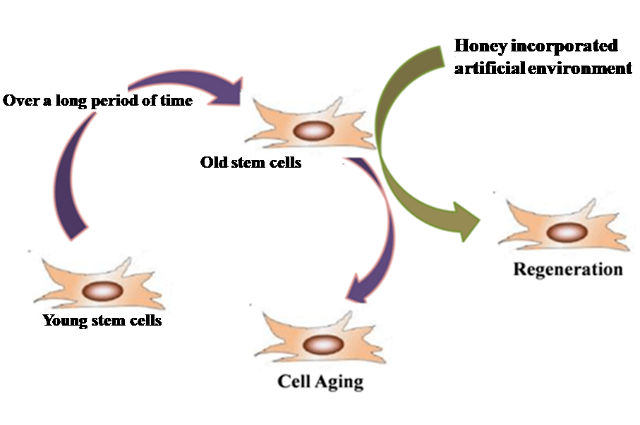
Stem cells are immature cells, for example; just imagine a small kid, who initially do not have a determination regarding what to do when they grow up, but once, they get proper guidance, or in developmental biology or cell biology terms, proper signaling, they can differentiate to become specialized cells, such as the ones that form our bones, our heart, our liver, our skin, and our brain cells and several others. However, with time, the functional capability of stem cells begins to deteriorate, similarly to our own ageing process. So, the question arises that how stem cells can be guided to become cells of our choice when placed under the influence of a proper environment maintaining a proper cell pool along with its healthy habitat or niche (proper home for the cells). In particular, the scientific communities are much more interested in changing the cell’s environment (Hey! We can build a home for them too!) and observe what effects it has on its fate. The environment of the cell can be changed artificially using several easily available polymers which can be either obtained from natural source or can be synthetic or both. These polymers are essentially cheaper and are compatible with our body's system. These are commonly termed as ‘biopolymers’ (a common term which we come across daily, nowadays!). We are aware of the fact that polymers have different mechanical properties but apart from their inherent properties, researchers are also able to induce external mechanical cues or stimuli in several forms. The intrinsic and extrinsic properties of these artificial cellular environments can help the stem cells to get committed to a specific type of cell as mentioned earlier. This helps them to choose their own fate. To solve the problem of stem cell ageing, one way could be to understand the effects of natural honey, which is an age-old Ayurvedic medicine, known to the mankind for several generations now. It is a well known fact that honey is a nutraceutical containing several antioxidant and anti-inflammatory components, which could limit the oxidative stress related aging events among cells.
Many scientists are exploring honey blended with an easily available biocompatible (i.e., which are suitable with our body system) polymer to create an artificial environment for the cell. It was observed in several instances that honey could reduce the rate of aging when the stem cells were grown on these artificial habitats provided to them. This is a useful insight world-wide that honey can play a vital role in maintaining the stem cell's longevity. It is quite understandable, that healthy or young stem cells are in huge demand for clinical translation in the field of regenerative medicine. The term regenerative comes from re- meaning again and generative means to generate or grow back which may have degraded. Obviously, the young cells have more functional capability than the older ones just like a teenager has much more enthusiasm and capability to do any kind of work compared to a man aged 80 years (Of course, not the procrastinators!). The common sources of stem cells are often considered medical waste such as umbilical cord tissue, cord blood or even deciduous teeth. Since, these are considered as biological wastes, they do not possess any ethical constraints. Therefore, they are easy to collect from hospitals and clinics with proper permission. These sources can be used to harvest stem cells and by maintaining the proper preservation techniques, can be useful for application in stem cell-based therapies. Nowadays, we need cost-effective and reliable system to be used as stem cell grafts or implants for the purpose of clinical translation. Thus, in brief, we can even say that the destiny of a stem cell lies in the societal benefit in the area of public health and wellbeing of our country.

